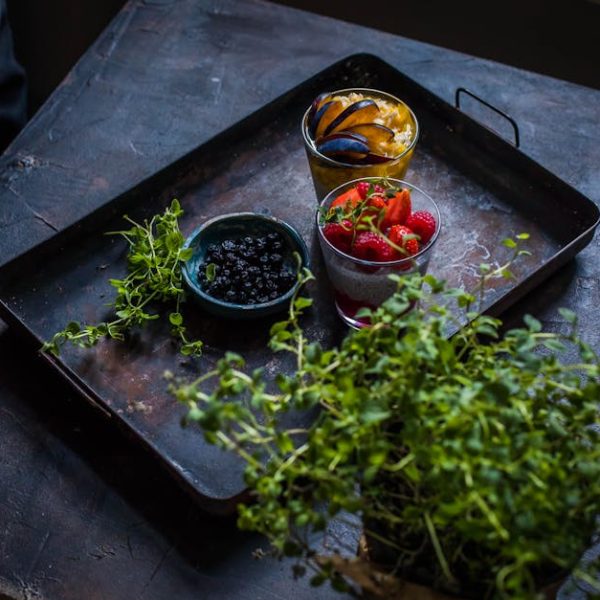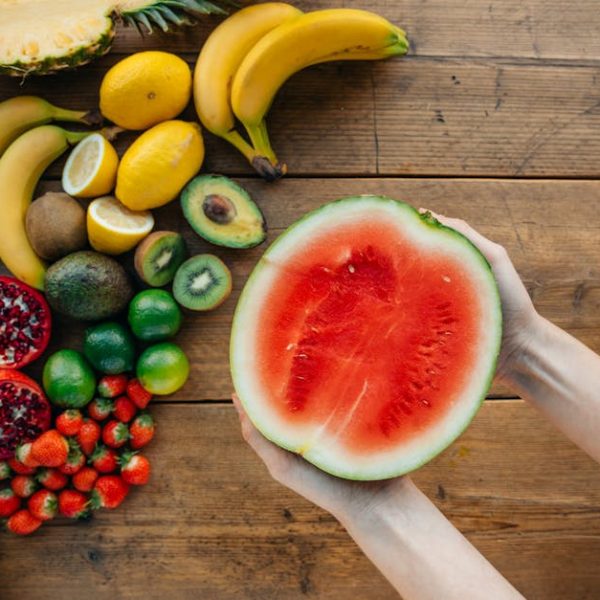Understanding the Basics of Freezing Corn on the Cob
Preserving corn’s mouth-watering sweetness, bright yellow hues, and crunchy texture could be somewhat of an age-long conundrum for corn enthusiasts. Thankfully, freezing provides an easy way out that ensures you have fresh corn ready at your convenience, any day of the year. What’s more? It allows you to prepare your meals faster as you only have to defrost and heat.
The best time to freeze your corn is when it’s at peak freshness, typically within two days after harvest. It’s when corn is packed full with its natural sugars and maintains its highest quality. Picking out quality corn merely requires a careful examination; look out for plump kernels, milky liquid when squeezed, and bright green, moist husks.
- Best Practice: To maintain freshness, always clean and dry your corn thoroughly before freezing.
Method 1: Freezing Fresh Corn on the Cob without Blanching
A quick and simple method is to freeze corn directly without blanching. It involves cleaning the corn, packaging it properly, and stowing away in the freezer. While this method is fast, it might not maintain the flavor and texture as effectively as the blanching method. However, for swift DIY individuals, this method provides a rather practical way of mapping out meals with corn on the cob.
You’ll need a freezer, freshness retaining bags, and a marker for labeling purposes.
- Pro Tip: Fruits and vegetables retain their quality longer when they are frozen at the peak of their freshness.
Method 2: Freezing Corn on the Cob with Blanching
Blanching—that is, briefly boiling corn before freezing—inhibits enzyme actions that could cause loss of flavor, color, and texture, offering a way to extend corn’s shelf-life. Moreover, it also helps to clean the surface of corn by removing dirt and organisms.
For this method, you’ll need water, a large pot, a large bowl of ice water, freezer bags, and corn, of course.
- Best Practice: Blanching is a delicate process, so timing is crucial. Immediately cool your corn in ice water after blanching to stop the cooking process, ensuring the corn retains its crispiness.
Method 3: Freezing Creamed Corn
For fans of creamy, buttery goodness, freezing creamed corn is a delicious option. Apart from its exquisite taste, creamed corn is a versatile freezer staple that dovetails into many recipes like stews, casseroles, and cornbread. Making your own creamed corn ensures that you avoid additives and can tweak the recipe to your personal preference.
Required tools include a sharp knife or corn creamer, a large pot, freezer bags, and a spoon for stirring.
- Pro Tip: Freezer burn may affect your corn’s taste and texture. To prevent this, push out as much air as possible from your bags before sealing them.
Maintaining Corn Freshness and Quality During Storage
Just as important as freezing is storage, which is crucial in maintaining corn freshness. Maintaining your freezer at 0°F or lower helps to retain the quality of your corn for up to 12 months. Moreover, appropriate sealing techniques help to avoid oxidation and freezer burn, two factors that could tarnish your corn’s quality.
Signs that your frozen corn might not be fit for consumption include a strange odor, a change in color, or an excessively dry appearance.
- Checklist: Find sturdy freezer bags, label appropriately, maintain optimal freezing temperature, and consume within a 12-month window.
- Comparison: While vacuum sealing helps food last longer, freezer bags offer a cost-effective, efficient way of storing your corn properly. Evaluate your needs and resources to decide the best option.
Understanding the Basics of Freezing Corn on the Cob
Freezing corn on the cob is an excellent strategy to ensure this sweet summer staple is always on hand. It’s not only a convenient, time-saving step for preparing meals, but it also preserves the fresh, vibrant flavor of corn, making it enjoyably available year-round.
Getting the time right is the key – the sweeter the corn, the higher the sugar content, which is why it’s recommended to freeze it at peak freshness, i.e., within 48 hours of harvest.
In terms of choosing the right corn cob, keep an eye out for bright green husks that are moist to the touch, and firm, plump kernels that exude a milky liquid when punctured.
Method 1: Freezing Fresh Corn on the Cob without Blanching
Doing away with blanching is a quick and convenient way to freeze corn. This method, though easy, does have its downsides – it may not maintain the texture and taste of the corn when compared to blanching. However, it serves well as a short-term storage option or for those who enjoy a more natural, albeit slightly altered, corn flavor.
To start, equip yourself with freezer-safe bags, a permanent marker for labeling, and, of course, fresh corn.
Method 2: Freezing Corn on the Cob with Blanching
Blanching involves briefly submerging vegetables in boiling water, followed by immediate cooling. This process halts enzymes in corn that lead to a degradation in flavor, color and texture, preserving its freshness for a longer duration.
To proceed with this method, you would need a large pot, ample water, a bowl of ice water, freezer-safe bags, and fresh corn.
Method 3: Freezing Creamed Corn
If you prefer your kernels off the cob, creamed corn is a tasty alternative. Not only does it add a creamy, melt-in-your-mouth flavor to your dishes, but homemade creamed corn is also free of unwanted additives and preservatives often found in store-bought versions.
To make and freeze your own creamed corn, you’ll need a sharp knife or a corn creamer (to separate the kernels), a large pot, freezer-safe bags, and a spoon.
Maintaining Corn Freshness and Quality During Storage
Regardless of the freezing method, proper storage practices make a notable difference in how long your corn remains fresh. Keeping a consistent freezer temperature of 0°F or below and employing quality sealing techniques help extend the shelf life of frozen corn while maintaining its quality.
Notice any off-putting smell, color change, or an overly dry appearance? It’s likely your corn has gone bad.
Checklist for Proper Storage:
- Use high-quality freezer bags
- Label your bags with dates
- Maintain consistent freezing temperature
- Use frozen corn within a year
Comparison: Freezer bag vs Vacuum Sealing
| Freezer Bags | Vacuum Sealing | |
|---|---|---|
| Pros | Inexpensive, simple, and readily available | Better at preventing freezer burn, extends the shelf life of food |
| Cons | Might not stop freezer burn on longer-term storage, not as effective at sealing in freshness | Requires more effort and specialized equipment, more expensive |
Whether to use freezer bags or go for vacuum sealing largely depends on your available resources, needs, and how long you plan to store the corn.
Key Takeaway:
- Freezing corn on the cob guarantees year-round availability, maintaining freshness, and facilitates quick meal preparation.
- It’s most beneficial to freeze corn at its peak freshness, ensuring quality and flavor retention.
- There are three methods to freeze corn – without blanching, with blanching, and as creamed corn. Each method has its own perks and ideal situations.
- Ensuring good storage practices, like maintaining optimal freezer temperatures and prevention of freezer burn, contribute significantly to frozen corn’s freshness and shelf-life.
The versatility of corn and the convenience offered by freezing are undeniably brilliant for homemakers and food lovers. Remember, the sweeter the corn, the better it freezes. So, seize the season and freeze corn when it is at the height of its taste and freshness. Don’t shy away from experimenting with the three methods outlined to find out which one works best for you.
FAQs
Q: How long does frozen corn last?
A: If maintained at a consistent zero degrees Fahrenheit or below, your frozen corn’s quality can be retained for up to one year.
Q: Can I refreeze corn after it has been defrosted?
A: It’s generally advisable not to refreeze thawed corn, as it can lead to degradation in texture and flavor. If need be, ensure the corn was defrosted in the fridge and not at room temperature before refreezing.
Q: Will freezing corn change its nutritional value?
A: Freezing vegetables, including corn, essentially locks in their nutritional value at the time of freezing. So, if your corn is frozen at peak freshness, it should retain most of its nutrients.
Q: Can I use frozen corn immediately after taking it out from the freezer?
A: Yes, frozen corn can usually be added directly to recipes without thawing. However, if a recipe specifically requires thawed corn, it can be defrosted in the refrigerator or quickly in a microwave.
Q: What’s the difference between store-bought frozen corn and home-frozen corn?
A: The largest difference is that when you freeze corn at home, you can control the freshness and quality of the corn being used. Store-bought frozen corn is certainly convenient but might not have been frozen at its absolute peak freshness.
Remember to share our article if you found it helpful, and don’t hesitate to explore more enlightening food preservation secrets on our website.






